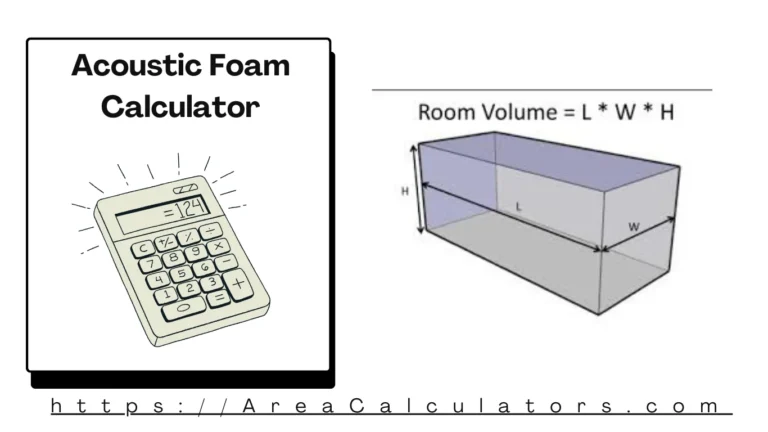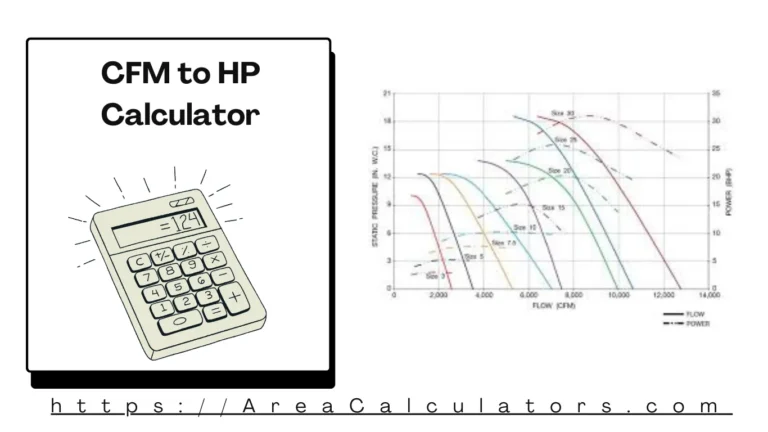Farming isn’t just about growing crops — it’s about using land wisely. Imagine planting two different crops on the same field. Would you get more produce than if they were planted separately? That’s the big question the Land Equivalent Ratio (LER) answers.
The Land Equivalent Ratio Calculator is a smart tool that shows how much more efficient intercropping is compared to planting single crops (monoculture). It tells you whether growing two crops together gives more output per area than growing them on their own.
This is especially useful for small farms, sustainable agriculture, and any system where land space is limited but output matters.
Why Land Equivalent Ratio (LER) Matters in Agriculture?
Farmers and researchers use LER to make better decisions. Instead of guessing which method is more productive, they measure efficiency using this clear ratio.
Here’s why it’s important:
-
🌾 Maximizes land use — essential where space is tight
-
💧 Improves resource use — better water and nutrient sharing
-
🌍 Supports sustainable farming — less pressure on the environment
-
💰 Boosts profits — more yield without more land
-
🧪 Backs up research — a common tool in agro-experimentation
LER isn’t just for science — it’s for real-world farming.
Formula & Variables: How to Calculate Land Efficiency
Let’s break it down into simple terms.
🧮 Formula:
Contents
- 1 🧮 Formula:
- 2 📊 Variables Explained Simply
- 3 How the Land Equivalent Ratio Calculator Works
- 4 Real-World Applications in Farming and Research
- 5 Benefits of Using the Land Equivalent Ratio Calculator
- 6 Common Mistakes to Avoid When Measuring LER
- 7 Tips for Better Intercropping Decisions
- 8 Manual vs Digital LER Calculations
- 9 FAQs:
- 10 Conclusion:
LER = (YA / SA) + (YB / SB)
This compares the yield of each crop in intercropping to its yield in monoculture.
📊 Variables Explained Simply
| Variable | Explanation |
|---|---|
| YA | Yield of crop A in intercropping (kg or tons per hectare) |
| YB | Yield of crop B in intercropping |
| SA | Yield of crop A in monoculture (solo planting) |
| SB | Yield of crop B in monoculture |
| LER | Land Equivalent Ratio — a measure of efficiency (unitless) |
Example:
-
Crop A: 2.0 tons/ha (intercropped), 2.5 tons/ha (solo)
-
Crop B: 1.5 tons/ha (intercropped), 2.0 tons/ha (solo)
LER = (2.0 / 2.5) + (1.5 / 2.0) = 0.8 + 0.75 = 1.55
This means intercropping gave you 55% more yield per land area than growing separately.
How the Land Equivalent Ratio Calculator Works
Using it is simple:
-
Enter the intercropping yields for each crop
-
Input the monoculture yields for the same crops
-
Click calculate — and the LER is instantly displayed
An LER > 1 means intercropping is more efficient.
LER = 1 means both systems are equal.
LER < 1 means monoculture is better in that case.
Real-World Applications in Farming and Research
-
🧑🌾 Farmers compare strategies before planting
-
🧪 Agronomists study crop interactions and land use
-
🌱 Sustainable agriculture projects improve food security
-
📚 Educational institutions teach land optimization
-
🌾 Government & NGOs guide land policy in rural areas
Where land is precious, LER is powerful.
Benefits of Using the Land Equivalent Ratio Calculator
-
✅ Accurate comparison of crop productivity
-
✅ Easy to use with just four inputs
-
✅ Supports smart land decisions
-
✅ Visualizes intercropping value clearly
-
✅ Boosts yields with better planning
This calculator isn’t just about numbers — it’s about smart farming.
Common Mistakes to Avoid When Measuring LER
❌ Mixing up intercropping and monoculture values
❌ Using different units for different crops (kg vs tons)
❌ Ignoring crop maturity time or harvest cycles
❌ Comparing dissimilar crops (with wildly different needs)
❌ Forgetting to account for multiple harvests in the same season
Keep your data clean and clear for accurate results.
Tips for Better Intercropping Decisions
✅ Choose crops with complementary growth patterns
✅ Monitor resource usage (water, sunlight, nutrients)
✅ Record all yield data in the same units
✅ Repeat over multiple seasons for stable averages
✅ Use LER alongside profit margin and soil health analysis
LER is one tool — combine it with others for best results.
Manual vs Digital LER Calculations
| Aspect | Manual Method | Digital Calculator |
|---|---|---|
| Speed | Slower, especially with multiple crops | Instant, plug-and-play |
| Accuracy | Risk of calculation errors | Error-free math |
| Ease of Use | Requires formula memorization | No formulas, just results |
| Best For | Teaching concept | Daily use, decision-making |
Both are valuable — but for busy farmers or researchers, digital wins.
FAQs:
1. What does LER > 1 mean?
It means intercropping is more efficient than growing crops separately.
2. Is it only for two crops?
No — it can be extended to 3 or more crops by adding more terms.
3. What units should I use?
Any — as long as they are consistent across crops (kg, tons, etc.).
4. Does LER account for profits?
No — it measures land productivity, not financial gain.
5. Can I use this in organic farming?
Yes! It’s especially helpful in low-input, mixed crop systems.
6. Should I use average yields over seasons?
Yes — that makes your LER more reliable and less weather-sensitive.
Conclusion:
The Land Equivalent Ratio Calculator is a simple but powerful way to compare intercropping with monoculture. Whether you’re trying to get more out of small plots or plan large-scale sustainable systems, LER shows you the way.
Don’t just guess. Plug in your numbers, check your ratio, and plan smarter. More food, less land — that’s the real win.
Let your land work harder and smarter — one ratio at a time.





